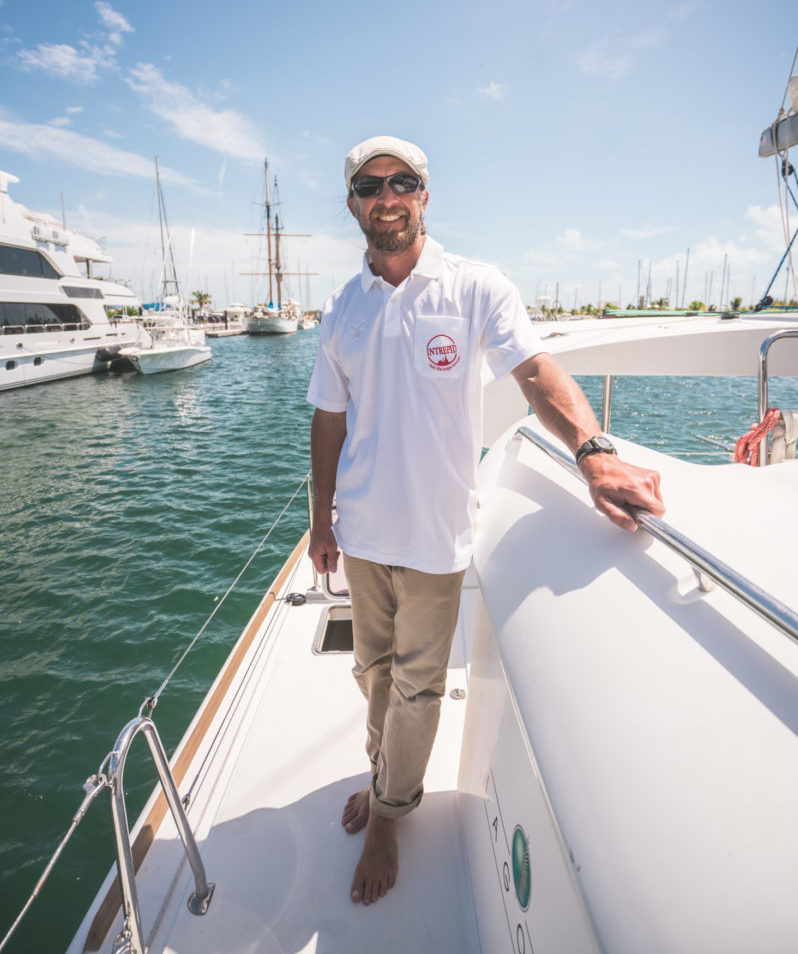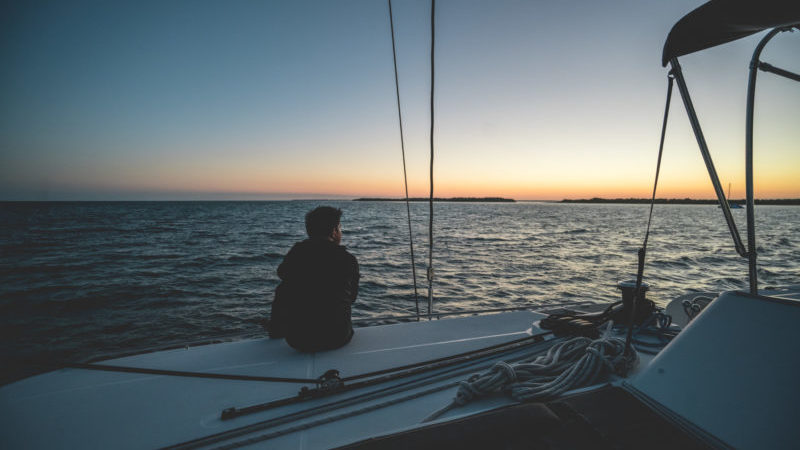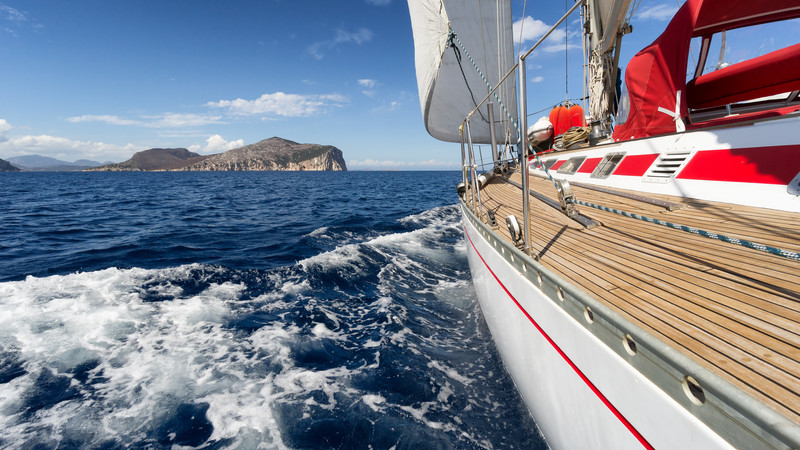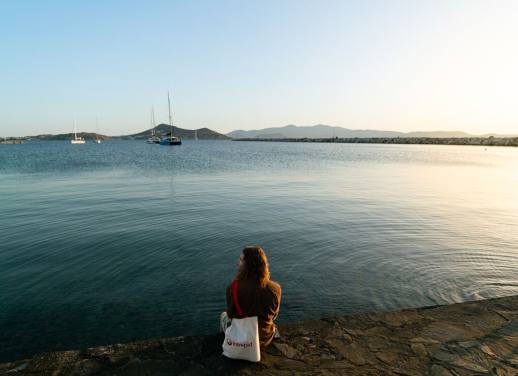Seasickness is sneaky. You’re all excited about your big maritime adventure but as soon as the boat hits open waters, the dizziness kicks in and all you want do is get horizontal.
It’s not fun but, believe it or not, seasickness is something that affects every sailor in some form or another. The lucky ones will experience little more than a mild headache until they’ve adjusted to life on the waves (usually a few hours), while others might be losing their lunch over the side of the boat.
Thankfully there are some things you can do to minimise the effects of seasickness. Captain Michael Simon is an Intrepid skipper with over 10 years’ experience sailing ships on the ocean blue, particularly around the Caribbean. While he’s earned his sea legs now, he says it hasn’t always been that way. Over the years, Michael’s seen a heap of remedies for treating seasickness, which he recommends everyone tries if they’re feeling a little green around the gills.

Captain Michael Simon aboard the boat
1. Ginger
Raw, candied or brewed in a tea – there are a number of ways you can take this simple home remedy. The best bit is that it’s cheap, delicious and can easily be worked into your diet at sea (or you could try the Die Hard approach and just swallow slices whole – not recommended). Ginger has been used to treat seasickness for centuries and is believed to have first been used by the ancient Chinese. Nobody knows exactly why ginger is so good at treating seasickness, but multiple studies around the world have found it can reduce or prevent it altogether. If you’re not in love with ginger, you can take ginger capsules instead.
2. Fresh air
It might seem surprisingly obvious, but fresh air does wonders for clearing your head. According to Michael, the higher on the boat you are, and the more exposed to fresh air, the less likely you are to feel the effects of seasickness. He recommends hanging out at the front of your boat (and enjoying the views), or asking to sit with the skipper in the cockpit as this is usually one of the highest places on a boat. Not only will it help keep you clear-headed, you can also learn how to sail a boat. Win/win.
3. Look to the horizon
This one really works best when you have a landmass or object to look at, but Michael suggests focusing on the horizon is a good tactic for managing seasickness. It sounds like an old wives’ remedy but scientists are totally onboard with it. Motion sickness is caused in part by conflicting sensory signals to your brain – your eyes are telling it everything is still (such as the inside of your cabin), while your inner ear balance mechanism (the vestibular system) says you’re moving. Looking at the horizon can help give your brain a point of reference, allowing it to sense the motion of the ship and your body’s movement with it.

Looking out at the horizon is one way to manage seasickness.
4. Sea bands
Taking their cue from ancient practices such as acupuncture, sea bands (also sold as motion sickness bands) are elastic bracelets with a plastic stud attached to the inside of the band. This stud places pressure on an acupressure point that is believed to relieve nausea and vomiting. While the scientific jury is still out on whether sea bands are effective, Michael says some travellers swear by the trusty bracelets. Sea bands are relatively inexpensive and easy to find at many pharmacies.
5. Medication
Because sea nausea is caused by neural activity, there are a number of drugs available from your doctor that can help soothe the nerves in your inner ear or suppress the brain’s vomiting response. Typically these drugs come as a pill, which you should take before the symptoms of seasickness start to kick in. These pills can cause drowsiness as a side effect, so it’s a good idea to discuss which medication might be right for you with your doctor or pharmacist. If pills ain’t your thing, you can also get extended release patches (sold as scopolamine) that sit comfortably behind your ear.
There you have it – Michael’s handy arsenal for combating seasickness. Before you know it you’ll be back on your feet and exploring virgin reefs and shipwrecks in no time.
Jump on one of our sailing adventures and get lost in your own seafaring adventure.




